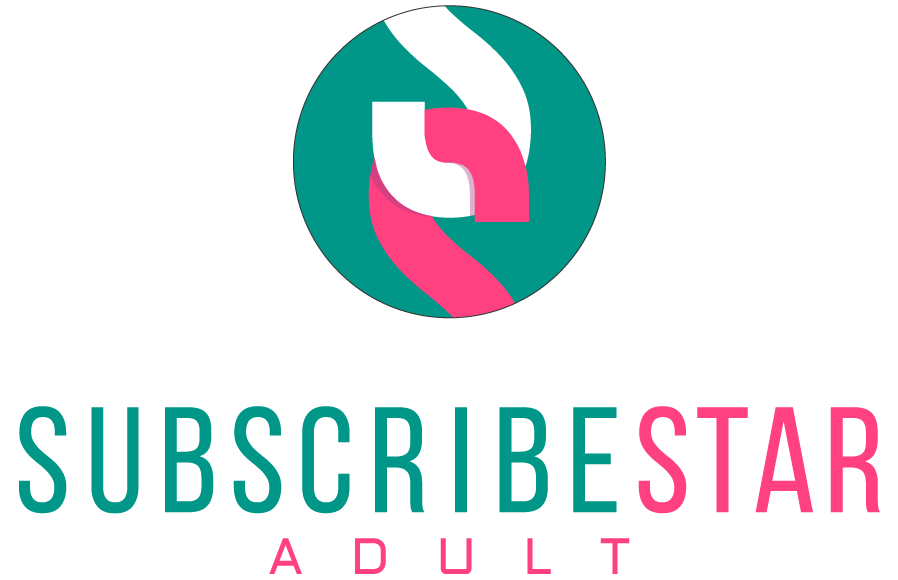Get Access to some free posts!


Subscription Tiers


Support the Forest of Dreams project

Get's access to basic discord server content - Public AI Bot lore - Public AI Bot pictures - Subscribers lobby (channels)

The same as Basic, + Unlisted AI bots (lore + pictures)

The same as Advanced. + My Library / Tips (AI bots, AI picture generation) + 1 bot commission every month
Features
- Linkin.Love (unlisted) bots + Commissions
- AI LLM prompt tips
- Exclusive Shapes
Rethinking AI Safety: Lessons from Neurodivergent Perspectives
Current discussions about AI safety often focus on restricting AI capabilities to prevent potential misuse. However, examining how neurodivergent individuals interact with AI systems suggests an alternative approach: focusing on user education and responsible engagement rather than extensive limitations.
The Neurodivergent Advantage in AI Interaction
Autistic individuals often demonstrate a remarkable ability to maintain clear boundaries between reality and simulation. This skill becomes particularly relevant when interacting with advanced AI systems. While concerns about people confusing AI for human interaction grow, many autistic users maintain a clear understanding of AI as a tool while still deriving significant value from these interactions.
This clarity stems from autistic cognitive patterns that favor precise categorization and pattern recognition. Rather than projecting human traits onto AI systems, these users tend to recognize and appreciate AI for what it is: a sophisticated tool that can assist with processing information and improving communication.
AI as a Communication Bridge
For many neurodivergent individuals, AI serves as a valuable intermediary in processing and expressing thoughts. The ability to present unfiltered ideas and receive structured feedback helps bridge the gap between neurodivergent thinking patterns and neurotypical communication expectations. This process demonstrates how AI can be used responsibly while maintaining clear boundaries about its role and limitations.
The tool's value lies not in mimicking human interaction but in providing a space for: - Processing complex thoughts without social masking - Receiving objective feedback on communication patterns - Exploring different ways of expressing ideas - Reducing the mental load of constant translation between neurodivergent and neurotypical communication styles
Personal Responsibility in AI Usage
A key insight from neurodivergent users' experiences is the importance of treating AI outputs as "just another input" rather than direct instructions for action. This approach emphasizes personal responsibility in how we process and act on information received from AI systems.
Users who maintain this perspective demonstrate that the safety of AI interaction depends more on the user's approach than on system limitations. They show how AI can be used as a tool for personal growth and improved understanding while maintaining clear boundaries about its role and nature.
Implications for AI Safety Discussions
These observations suggest that our approach to AI safety might benefit from focusing more on user education and developing frameworks for responsible use, rather than solely implementing restrictive safeguards. By learning from how neurodivergent individuals naturally approach AI interaction, we can develop better models for: - Understanding the distinction between AI tools and human interaction - Maintaining appropriate boundaries while maximizing utility - Taking responsibility for how we process and act on AI-generated information - Using AI as a tool for personal and professional development
Conclusion
Instead of pursuing safety through extensive limitations on AI capabilities, we should focus on educating users about responsible engagement with AI systems. The neurodivergent perspective offers valuable insights into how we can maintain clear boundaries while deriving significant benefits from AI interaction. This approach suggests that the key to safe AI use lies not in restriction but in understanding and responsible utilization.
By learning from those who naturally maintain clear categories in their thinking, we can develop better frameworks for AI interaction that benefit all users while maintaining appropriate safety standards. This shift in perspective could lead to more productive discussions about AI safety that focus on empowering users rather than limiting tools.




